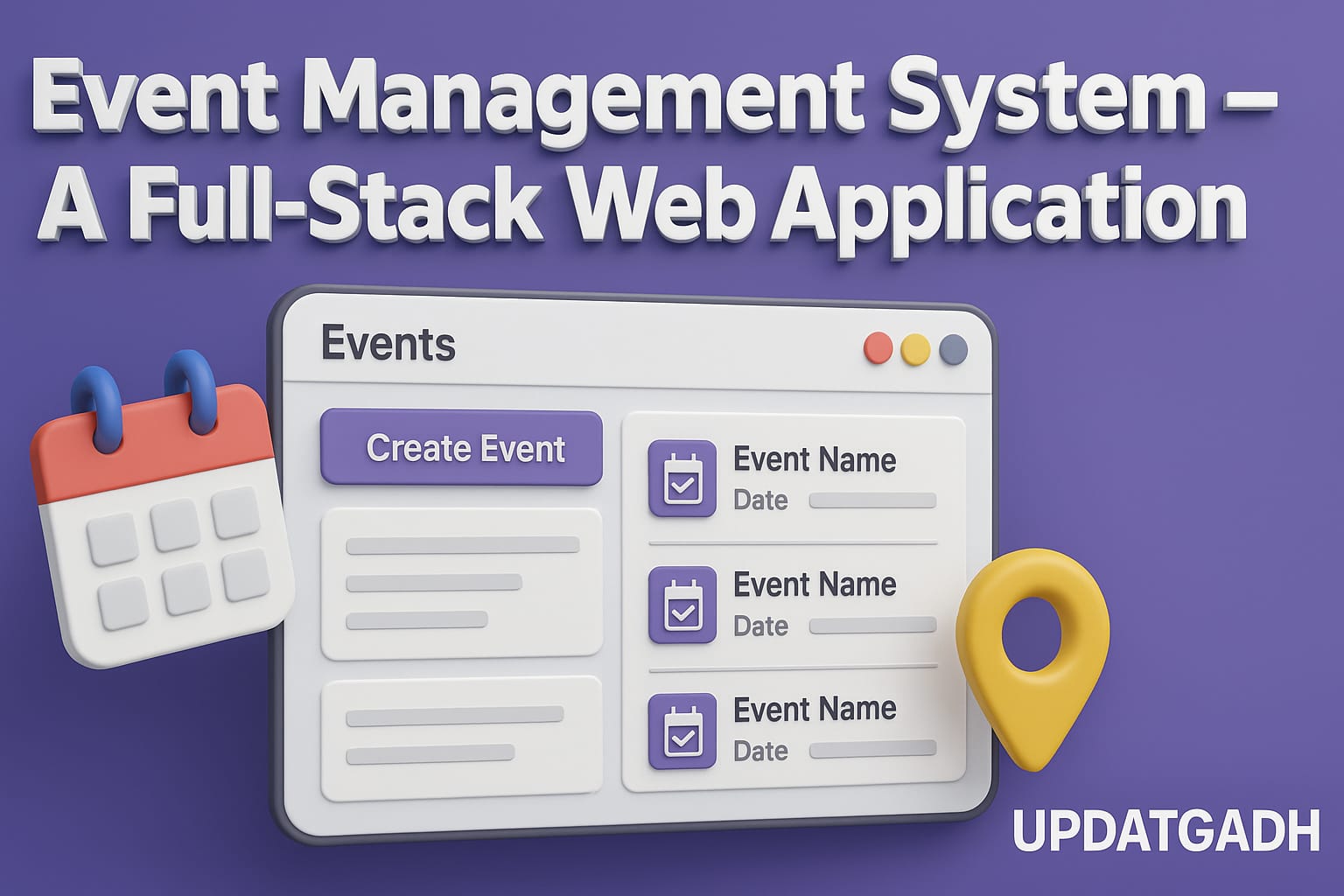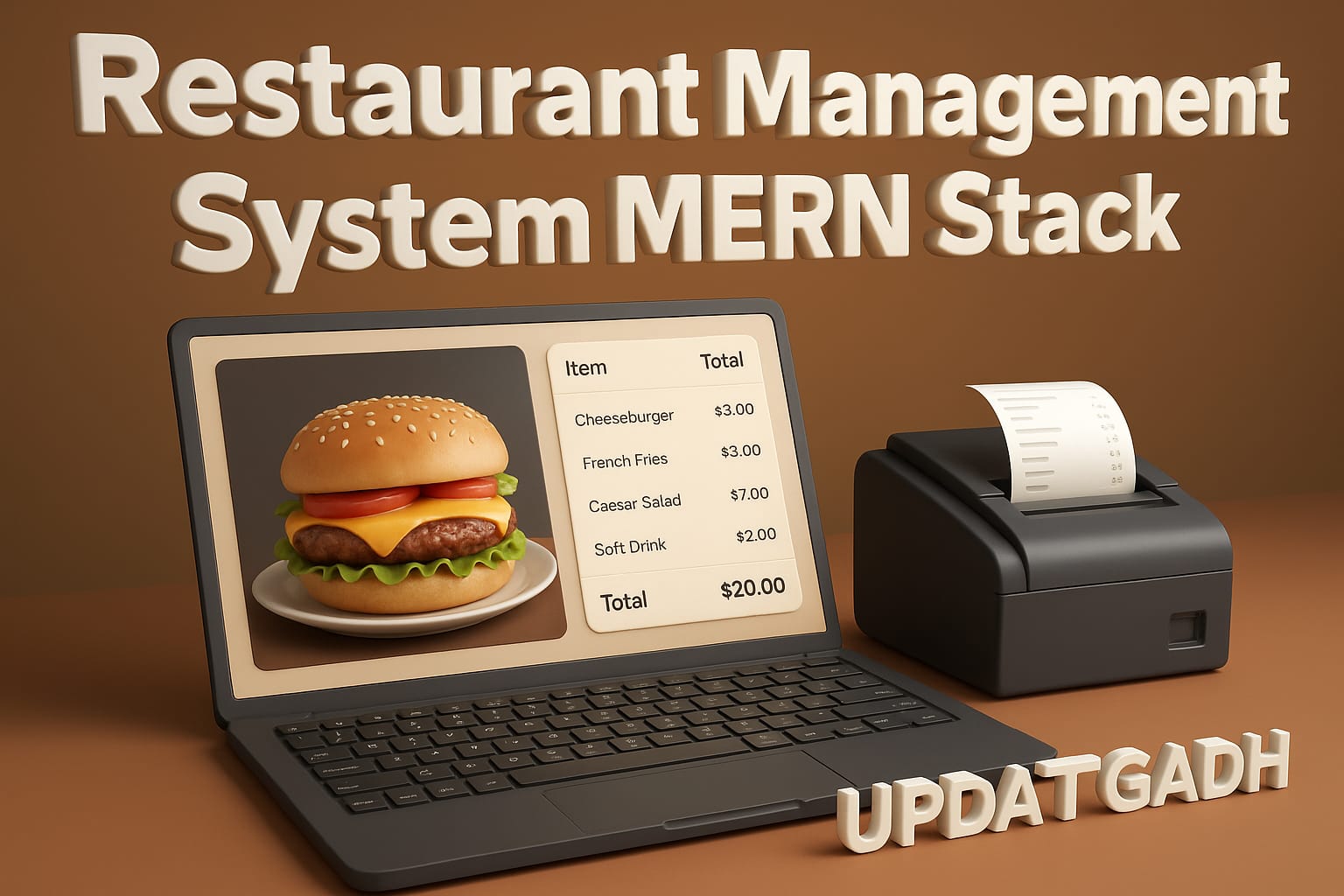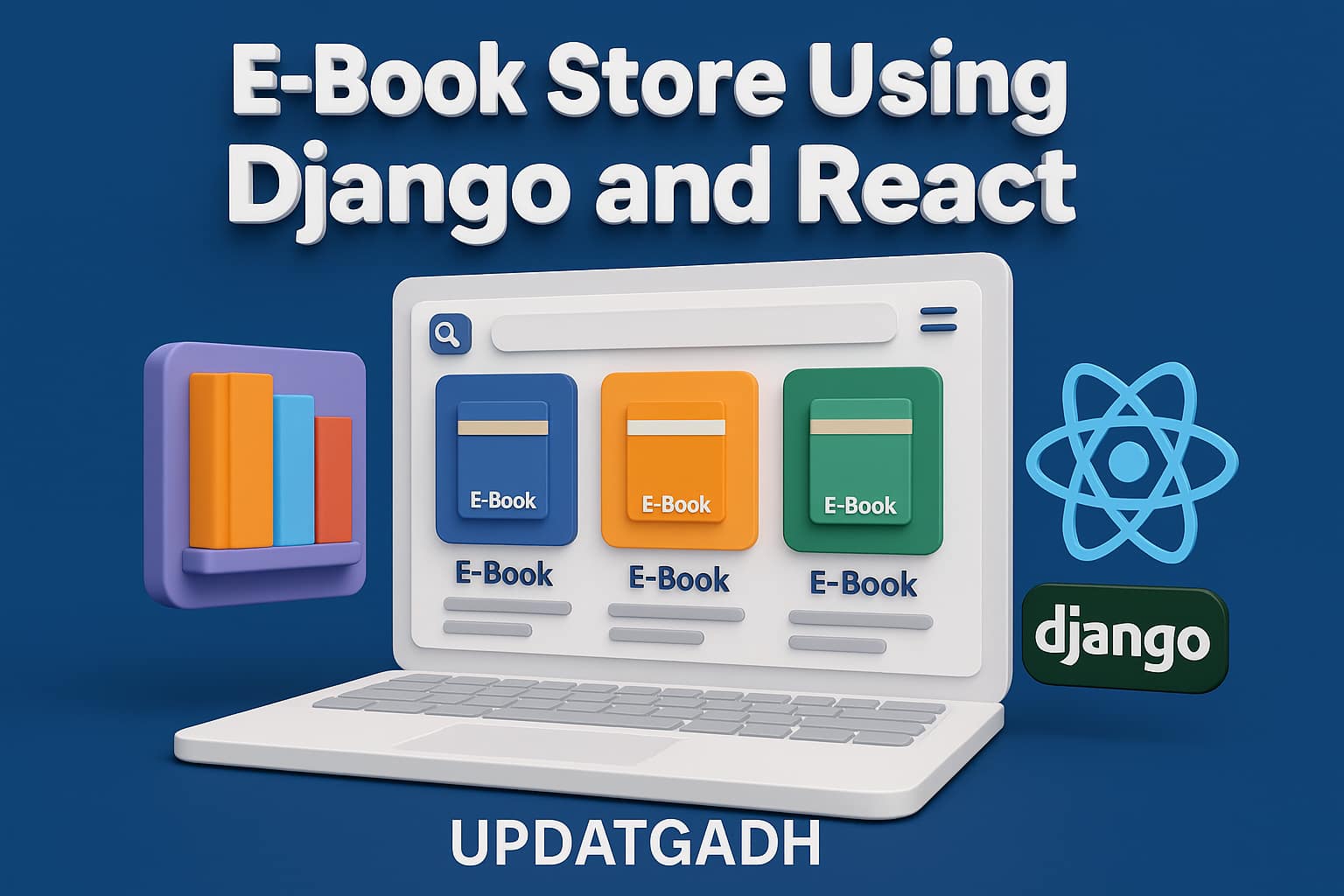
Best Food Waste Reduction System – React, Java Servlets, JSP, MySQL
Food Waste Reduction System
A simple project on Food Waste Reduction System designed to connect food donors with receivers and reduce unnecessary waste. This project addresses one of the most common social and environmental challenges—excess food disposal—by creating a structured platform where surplus food can be redirected to those who need it most. By designing the system as a full-stack application, it combines multiple technologies to deliver both functionality and usability.
The frontend of the project is developed using React, which ensures that users get an interactive and responsive interface whether they are browsing on desktop or mobile devices. The backend is powered by Java Servlets and JSP, providing strong server-side logic and smooth communication between the user interface and the database. To manage all the stored data such as user profiles, food listings, and claim records, MySQL is used as the database system, ensuring efficiency and reliability.
The project introduces role-based functionality, which is essential for maintaining order and security in such applications. Donors can log in to share details about surplus food, including type, quantity, and location. Receivers can browse through the listed items and claim food according to availability. At the same time, an admin role is included to supervise and monitor activities, ensuring that the system runs smoothly and fairly.
Another important aspect of this project is its integration with Google Maps, which makes the application more practical for real-world usage. Donors can tag the pickup location of the food, and receivers can instantly view it on the map, making the process faster and more convenient. From a student’s perspective, this project is not only technically valuable but also socially impactful, as it demonstrates how technology can directly contribute to solving real-life problems like hunger and food wastage.
Best Final Year Project For Data Science :–Click Here
Project Overview Table
| Parameter | Details |
|---|---|
| Project Name | Food Waste Reduction System |
| Language/s Used | React (Frontend), Java Servlets + JSP (Backend) |
| Database | MySQL |
| Type | Web Application |
| Developer | UPDATEGADH |
Best Advanced Python Projects:-Click Here
Available Features
User Authentication & Role Management
The system provides a secure login and registration process for three types of users: Donors, Receivers, and Admins. Each user type has a dedicated dashboard tailored to their needs, ensuring that features and permissions remain role-specific. This approach enhances both security and user experience by giving each role access only to the functionalities relevant to them.
Profile Management
All users can manage their personal profiles within the system. This includes updating details such as name, phone number, address, and profile picture. Having updated and accurate information helps maintain smooth communication and transparency between donors, receivers, and administrators.
Donor Module
Donors can contribute by adding food donations directly through the platform. Each donation includes key details such as description, quantity, pickup time, and pickup location. To make the listings more reliable and appealing, donors can also upload images of the food, helping receivers make informed decisions before claiming.
Receiver Module
Receivers have the ability to browse all available food donations with full details and images. They can claim donations instantly from the user interface, making the process fast and efficient. The integration with Google Maps allows receivers to view food availability in real time and access navigation directions, ensuring they can easily locate and reach the donor’s location.
Admin Module
Admins log in using a role-based system that grants them access to specialized administrative functions. Through the admin panel, administrators can monitor overall activities, oversee donations and claims, and ensure that the platform is being used appropriately. This monitoring role keeps the system reliable and trustworthy.
Google Maps Integration
One of the most powerful features of this project is the seamless use of Google Maps. Donors’ locations are automatically captured using browser geolocation, saving them the effort of entering addresses manually. Receivers can see available donations plotted as pins on the map, complete with information windows for quick viewing. Each donation card also includes a “View on Map” option with a direct navigation link, making the process of finding and collecting food simple and highly efficient.
Download New Real Time Projects :–Click here
Installation Guide (VS Code)
Follow the steps below to set up the project in VS Code.
Step 1: Install Prerequisites
Make sure you have the following installed:
# Java JDK
java -version
# Node.js & npm
node -v
npm -v
# MySQL (Workbench or XAMPP)
# Apache Tomcat 9+
Step 2: Setup MySQL Database
Open MySQL terminal or Workbench and create the database:
CREATE DATABASE foodwaste;
USE foodwaste;
Then import the provided SQL schema to generate required tables.
Verify tables with:
SHOW TABLES;
Step 3: Setup Backend (Java Servlets + JSP)
- Open the backend project in VS Code (or Eclipse/IntelliJ).
- Configure Tomcat 9 as the server.
- Update
DBUtil.javawith your MySQL credentials:
private static final String URL = "jdbc:mysql://localhost:3306/foodwaste";
private static final String USER = "root";
private static final String PASS = "yourpassword";
- Deploy the project on Tomcat.
- Test backend APIs at:
http://localhost:8080/foodapp/api/users
Step 4: Setup Frontend (React)
- Open the frontend folder in VS Code terminal:
cd frontend
npm install
- Start the frontend:
npm start
- Access the application at:
http://localhost:3000
⚠️ Ensure React proxies API calls to the backend. In frontend/package.json add:
"proxy": "http://localhost:8080/foodapp"
Best Final Year Project For Python :- Click Here
Usage
The project has three major roles:
Donor
- Register and log in as a donor.
- Add food donations with details like quantity, pickup location, and image.
- Donations automatically appear in the receiver’s view.
Receiver
- Register and log in as a receiver.
- Browse available food donations with descriptions and images.
- Claim a donation directly.
- Use Google Maps integration to locate donors and get directions.
Admin
- Log in with admin credentials.
- Access the admin panel to oversee activities of both donors and receivers.
- Ensure the platform is used effectively to reduce food waste.
Best Final Year Project For JAVA :- Click Here
From a student’s perspective, working on the Food Waste Reduction System is both a technical learning experience and a socially impactful idea. It helps students understand how full-stack applications function by combining React, Java Servlets, JSP, and MySQL.
Beyond coding, this project has real-life applications—addressing food waste, helping communities, and making technology meaningful in everyday life. For students, it is an excellent example of how software projects can go beyond theory and contribute positively to society.
By building and running this system, students gain practical knowledge in frontend frameworks, backend APIs, database handling, and third-party API integration while also realizing how impactful technology can be when applied to solve real problems.
We have Best projects Available in all languages:–Click Here
food waste management system project pdf
food waste management system project ppt
food waste management system project github
food waste management system project with source code
food waste management system project documentation
food waste management project ideas
food donation website project source code
food waste management system project in java
food waste reduction system project ppt
food waste reduction system project report
food waste reduction system project report pdf
food waste reduction system project pdf


















Post Comment